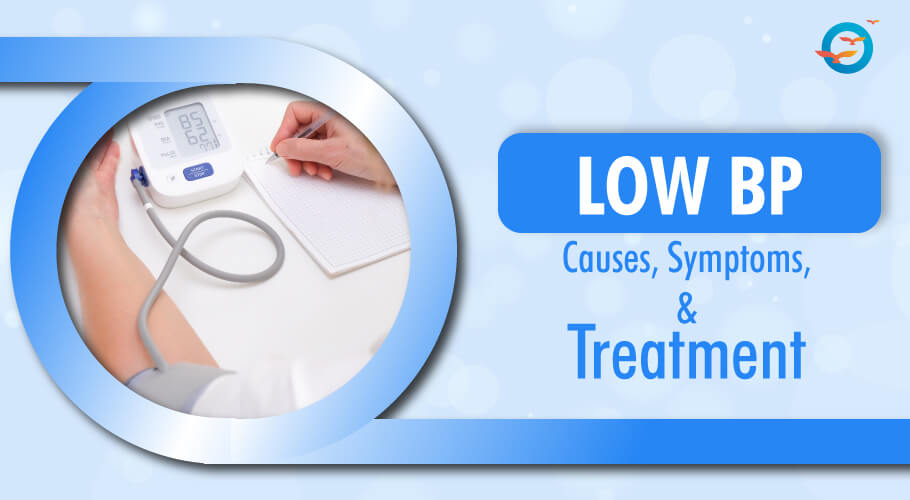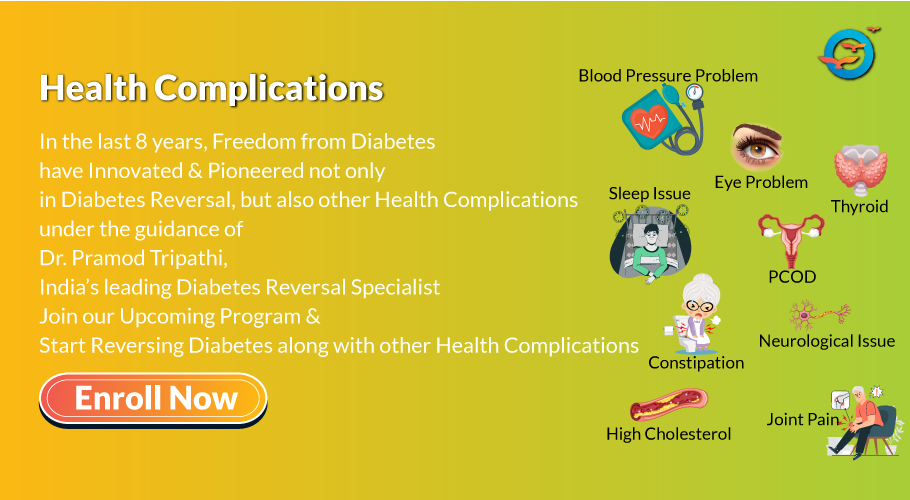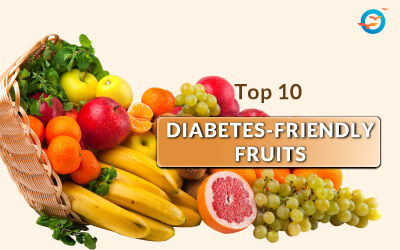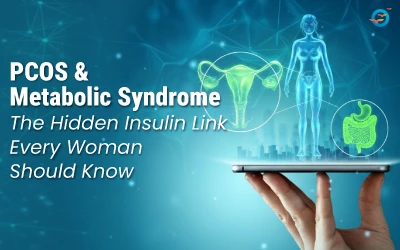Low Blood Pressure: Causes, Symptoms and Treatment

Managing Low BP: Causes, Signs, and Treatments
Considering all the much-publicized dangers and risks associated with high blood pressure, one might assume that the opposite would be desirable. But that’s not true at all. Low blood pressure, or hypotension, as it is medically known, is just as dangerous as hypertension. Unlike high BP, though, its presence is accompanied with several symptoms and can range from mild to potentially life-threatening. This is why it is essential to identify the cause of low BP and take steps to treat it.
Understanding blood pressure
Blood pressure is basically the pressure of the blood in the circulatory system; when the heart contracts, blood is forced through the arteries—this is known as systolic pressure. When the heart relaxes between beats, there is a drop in pressure—this is known as diastolic pressure. BP is basically a measurement of both these pressures and is presented as systolic/diastolic, for e.g. 120/80.
Sometimes even healthy people may have low BP; this is normally not a cause for concern if no symptoms are experienced. Older populations, though, need to be aware that low BP is often a sign of inadequate flow of blood to the brain and other vital organs.
If BP is chronically low, but not accompanied by any symptoms, it is usually not serious. However, if BP drops suddenly and there is a reduction of blood supply to the brain, the person can get dizzy and fall down. (aka, postural or orthostatic hypotension). It mostly occurs when a person stands up from a sleeping or seated position.
This condition is a result of the cardiovascular system or nervous system responding to sudden changes in posture. Usually, when one stands up, blood tends to collect in your legs. This means that the supply to the brain would reduce. But the body adjusts by causing the heart to beat faster and constricting blood vessels. In people with postural hypotension, this doesn’t happen, thus causing light-headedness and fainting.
For the same reasons, in some cases, BP can drop when a person stands for too long. This is known as neurally mediated hypotension. As one age there is often plaque build up in blood vessels, causing a reduction of blood flow to the brain, and thus, postural hypotension.
Causes of Low Blood pressure
While it is not easy to pinpoint the cause of low BP, it is generally associated with the following conditions:
- Pregnancy
- hormonal imbalance e.g. underactive/overactive thyroid (hypo/hyper-thyroidism), diabetes, or low blood sugar
- Cardiac disease—including arrhythmia, arrest, failure
- Dilation of blood vessels
- Heatstroke
- Liver disorders
Sudden Drops in Blood Pressure may be caused by any of the following
- Continuous blood loss from bleeding Low body temperature
- A sustained drop in body temperature
- Heart attack/failure
- Sepsis—a blood infection
- Intense dehydration—aggravated by vomiting, diarrhea, or fever
- Negative reaction to a particular medicine
- Allergic reaction (anaphylaxis)
- Heavy meals are also known to cause hypotension—possibly due to blood being drawn into the vessels of the stomach and digestive tract
- Medications
Some drugs are known to cause hypotension, for instance:
- High BP drugs, such as some diuretics, beta-blockers, and angiotensin-converting enzyme (ACE) inhibitors
- Medicines that can trigger hypotension as a side effect. These include some nitrates, erectile dysfunction medicines, Parkinson's medications, antipsychotics, and anti-anxiety agents, among others
Understanding Blood Pressure Readings
The ideal BP reading is generally accepted to be: 120/80 mm/hg (systolic/diastolic). Anything lower than 90/60 is medically classified as hypotension.
Normally healthy people with occasional low BP readings needn’t worry if there are no accompanying symptoms. Older people, however, should make it a routine practice to get their BP checked regularly. This is because of the gradual decline in heart health and slow accumulation of plaque, which can cause narrowing of the arteries.
Some health conditions, such as diabetes, liver disorders, alcohol abuse, and heart damage, can also cause hypotension.
Holistic Treatment
Tips to Manage Low BP
Generally, hypotension doesn’t need any medication. But there are some lifestyle changes one might wish to incorporate to normalize low BP, these include:
- Increase salt consumption
Not everyone does well on a low salt diet. If you have hypotension, you can even moderately increase the salt in your food. - Reduce or stop alcohol consumption
Alcohol is known to reduce BP, so avoid excessive consumption of alcoholic beverages - Double-check your medication
It is possible that reactions to your medicines may be causing low BP. Talk to your doctor to rule this out. - Drink more water
Water increases the volume of blood, which helps normalize BP. And, of course, it helps you avoid dehydration. - Eat smaller meals, frequently
Large meals tend to drop blood pressure; eating small meals through the day (called grazing) can help avoid this problem. - Use compression stockings
Compression stockings are made of tight lycra-type material, which hold the legs tight and do not allow blood to pool. - Do not sit or stand up suddenly
Avoiding sudden changes in posture will ensure continuous and adequate blood supply to the brain, so you don’t keel over.
Be aware of symptoms (as mentioned above) and seek medical help if you notice any.
Read more about High Cholesterol: Symptoms, Causes and Treatment, visit our blog.
Takeaways
If low BP is not accompanied by any symptoms, there is no need for concern. If however, one notices symptoms like dizziness, fainting, difficulty in concentrating, blurry vision, or distorted vision, nausea, it is time to see the doctor.
Unhealthy diets, inadequate exercise, and stress are all linked to health issues like BP, diabetes, etc. So, make sure to incorporate a balanced nutritious diet, sufficient exercise and stress management (meditation, for e.g.) into your daily lifestyle. FFD conducts several programs aimed at transforming health holistically, for information about our programs, visit us at: www.freedomfromdiabetes.org/program or follow us on Facebook, Instagram, and YouTube.
FAQs
How can I manage low blood pressure through lifestyle changes?
You can manage your low blood pressure by increasing salt intake, always staying hydrated, eating smaller meals frequently, and avoiding sudden posture changes.
Should I increase salt consumption if I have low BP?
Yes, you have to increase salt intake if you have low BP, but first you have to consult with your healthcare professional reagrding this. They will give you proper advice on this.
Can large meals affect my blood pressure?
Yes, when you eat large meals, your blood pressure might drop. So eating smaller meals frequently can help you to maintain stable BP levels.
When should I seek medical help for low BP symptoms?
If you notice these symptoms like dizziness, fainting, or confusion, then you should consult your healthcare professional immediately.


